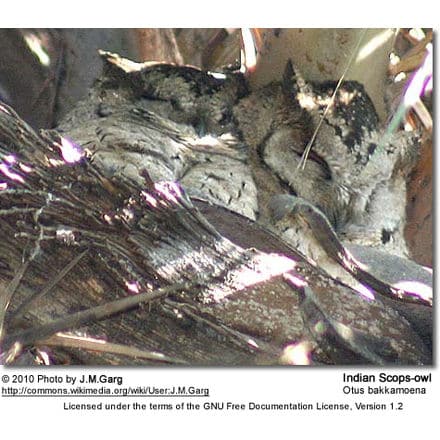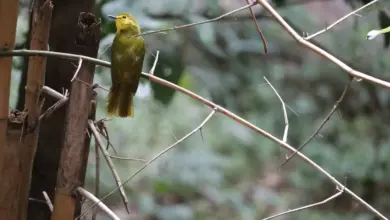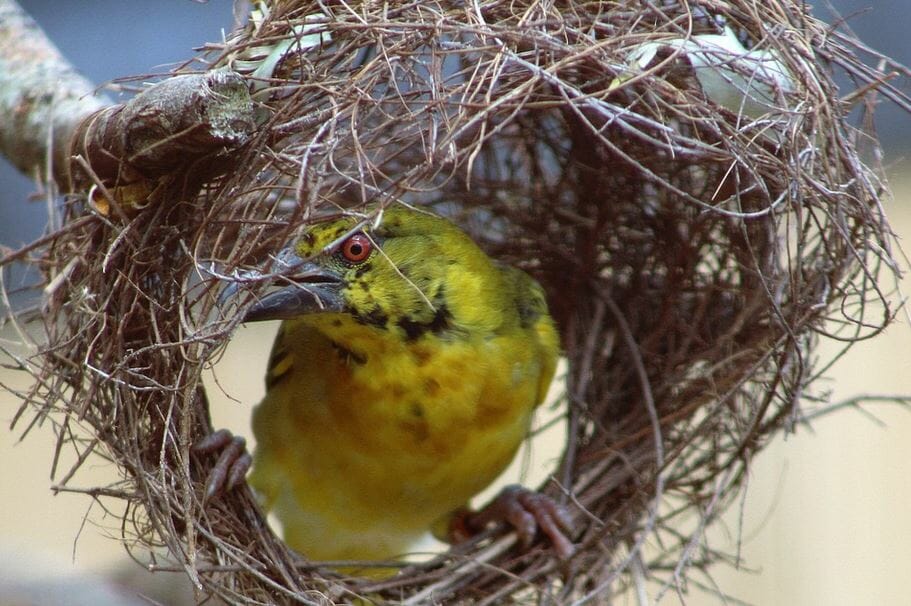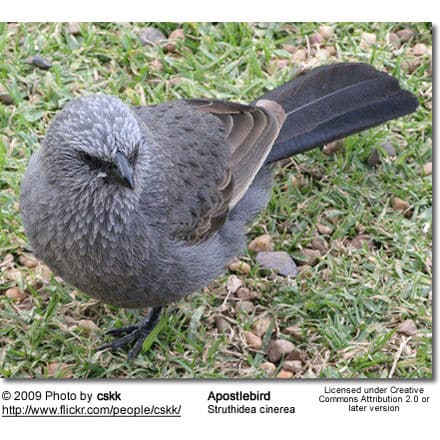Indian Scops Owl
The Indian Scops Owl (Otus bakkamoena) – also known as Collared Scops-owl or Oriental Screech-owl – was formerly grouped with Collared Scops Owl.
It is now generally accepted as a distinct and separate species.
Distribution
These non-migratory owls are found in Pakistan, northern India, and the Himalayas east to south China. They are rare residents throughout Japan.
They are native to:
Bangladesh, Bhutan, Brunei Darussalam, Cambodia, China, Hong Kong, India, Indonesia, Japan, Korea, Laos, Malaysia, Myanmar, Nepal, Pakistan, Russian Federation, Singapore, Sri Lanka; Taiwan, Thailand, Vietnam
Preferred Habitat:
Wooded areas, including mountain and lowland forests, and fields with plenty of trees.

Subspecies and Distribution
-
- Otus bakkamoena bakkamoena (Pennant, 1769)
- Range: Southeastern and southwestern India and Sri Lanka – a South Asian island nation located off the southern coast of the Indian subcontinent
- Otus bakkamoena plumipes (Hume, 1870)
- Range: Western Himalayas, from northern Pakistan to the Nepal border
- Otus bakkamoena desert color (Ticehurst, 1922)
- Range: Southern Pakistan. Maybe in southeastern Iran. One unconfirmed record from Oman.
- Otus bakkamoena gangeticus (Ticehurst, 1922)
- Range: Northwestern India to lowland Nepal in South Asia
- Otus bakkamoena marathae (Ticehurst, 1922)
- Range: Central India to about southern West Bengal region (eastern India)
- Otus bakkamoena bakkamoena (Pennant, 1769)
Alternate (Global) Names:
Chinese: ?????, ???, ??? … Czech: výre?ek indický … Danish: Halsbåndsdværghornugle … Dutch: Gekraagde Dwergooruil, Indische Dwergooruil … German: Halsbandeule, Hindu-Halsbandeule, Indien-Zwergohreule … Finnish: Sepelpöllönen … French: Petit-duc à collier, Petit-duc indien … Indonesian: Celepuk … Italian: Assiolo indiano … Japanese: indoookonohazuku, O-konoha-zuku, Ou-konoha-zuku … Korean: ???? … Lithuanian: Apykakl?toji pel?dik? … Norwegian: Landsbyugle … Polish: syczek dlugouchy, Syczek d?ugouchy … Russian: ??????????? ?????, ????? ??????????? … Slovak: výrik obojkový … Spanish: Autillo Indio … Swedish: Indisk kragdvärguv … Thai: ?????, ????????? … Turkish: kara gözlü ishak ku?u, kara gözlüishakku?u … Vietnamese: Cú mèo khoang c?, Cú mèo khoang c? l?n
Description
Even though the Indian Scops Owl is one of the largest of the scops owls, it is still relatively small, measuring 9 – 10 inches (23 – 25 cm) in length.
The upper plumage is mostly grey or brown – depending on the morph (genetic mutation) with faint buff spotting. The plumage below is buff with darker streaking.
Those occurring in the northern parts have a denser plumage on the shank of the legs. In Japan and China, they even have well-feathered toes.
It has a whitish or buff facial mask, small head tufts (or ears), and a buff neckband.
The eyes are orange or brown.
Due to their camouflaging plumage, these owls blend in perfectly with the scenery. It is difficult to see during the daytime and the opportunity usually only occurs when they are mobbed by smaller birds that are seeking to prevent them from approaching their nests.
Gender ID: males and females look alike.
Their flight is described as smooth wavelike motions.
One interesting attribute of this species is that when alarmed, it will stand motionless with its ear tufts erect.

Diet / Feeding
Indian Scope Owls mostly feed on insects caught at night (they are nocturnal – active at night). They will also take rodents, lizards, and small birds.
Breeding / Nesting
The Indian Scops Owl nests in tree hollows, rocks, old buildings, or abandoned nests of other birds.
In their northern range, the average clutch consists of 4 – 5 eggs; in their southern range, the female only lays 3 – 4 eggs.
The eggs are incubated for about 28 – 29 days. The young fledge about 21 – 25 days later.
The parents continue to feed their young for another 3 to 4 weeks until they are fully independent.
Calls / Vocalizations
The call is a soft, cat-like, mew.
More Owl Information
- Owl Information
- Index of Owl Species with Pictures
- Owl Eyes / Vision Adaptations
- Pygmy Owls
- Barn Owls
- Horned Owls
- Scops Owls





